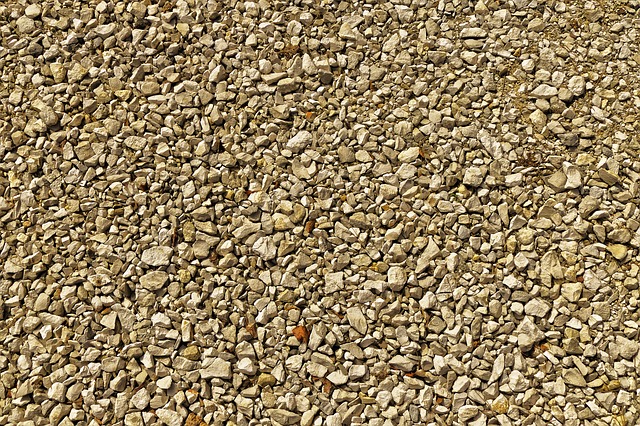Gravel v hardcore v aggregates
Gravel, hardcore and aggregates are similar types of materials that are used in construction, and as such, the terms are often confused or used interchangeably.
Gravel is a loose aggregation of small, variously sized fragments of rock which can either be naturally-formed or manufactured. Gravel can be used for the manufacture of concrete, as well as for mixing with asphalt as part of road construction. It can be used as the base layer for roads before being covered with tarmac, and is also commonly used to surface roadways.
For more information see: Gravel.
The term 'hardcore' refers to the mass of solid materials used as a make-up, formation material to raise levels, fill irregularities in excavations and create a firm and level working base onto which heavy load-bearing surfaces such as stone or concrete can be laid. Hardcore helps evenly spread imposed loads. Hardcore may be used in the formation of roads, paving, driveways, foundations, ground floor slabs, and so on. It may also be used on its own to form a temporary road surface on construction sites. Gravel can be used to make up a hardcore level.
For more information see: Hardcore.
Aggregate is a material used in construction as a means of stabilising and reinforcement, included, for example as a component of concrete and cement. It is a broad category which includes coarse-to-medium grained particulate materials such as sand, gravel, crushed stone, slag, and so on. Aggregates are also used in construction to provide drainage, fill voids, protect pipes, and to provide hard surfaces.
For more information see: Aggregate.
[edit] Find out more
[edit] Related articles on Designing Buildings Wiki
Featured articles and news
Homes England creates largest housing-led site in the North
Successful, 34 hectare land acquisition with the residential allocation now completed.
Scottish apprenticeship training proposals
General support although better accountability and transparency is sought.
The history of building regulations
A story of belated action in response to crisis.
Moisture, fire safety and emerging trends in living walls
How wet is your wall?
Current policy explained and newly published consultation by the UK and Welsh Governments.
British architecture 1919–39. Book review.
Conservation of listed prefabs in Moseley.
Energy industry calls for urgent reform.
Heritage staff wellbeing at work survey.
A five minute introduction.
50th Golden anniversary ECA Edmundson apprentice award
Showcasing the very best electrotechnical and engineering services for half a century.
Welsh government consults on HRBs and reg changes
Seeking feedback on a new regulatory regime and a broad range of issues.
CIOB Client Guide (2nd edition) March 2025
Free download covering statutory dutyholder roles under the Building Safety Act and much more.
Minister quizzed, as responsibility transfers to MHCLG and BSR publishes new building control guidance.
UK environmental regulations reform 2025
Amid wider new approaches to ensure regulators and regulation support growth.
BSRIA Statutory Compliance Inspection Checklist
BG80/2025 now significantly updated to include requirements related to important changes in legislation.























